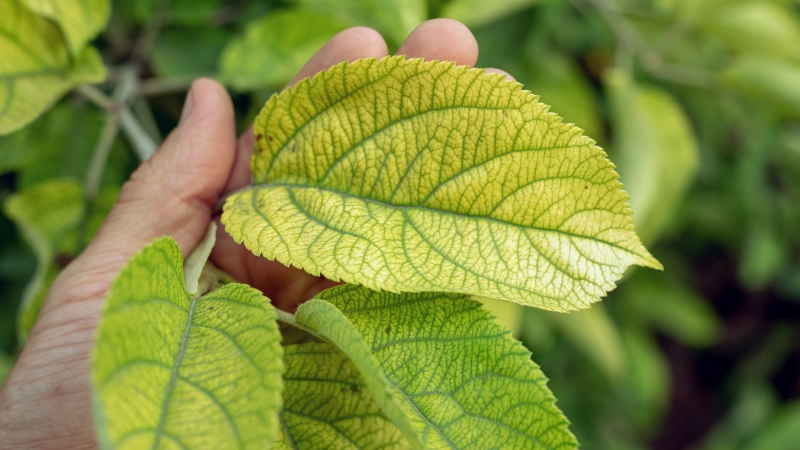Sap Analysis Offers Real Time Take on Berry Plant Uptake
An explanation of sap analysis prompts multiple analogies, several of which Jeff Glass served up at the annual conference of the North American Raspberry and Blackberry Association.
To some, sap analysis is akin to a blood sample for plants.
“I don’t disagree with that analogy,” Glass, the Southern Business Development Manager with Agro-K Corp., says. “Sap analysis provides greater insight into most of the principles of plant nutrition.”
To others, the method of monitoring plant nutrition uptake parallels the discovery of the microscope. “You can see a lot clearer. You can see more real-time information,” Glass says.
With regard to the difference between sap analysis and tissue testing, Glass poses a restaurant metaphor. If someone performs a tissue test at an eatery and is looking for salt, they are going to measure for salt in the food (prepared and unprepared), in the bodies of the diners, in the saltshakers on the tables, and in the pantry in the back of the kitchen, he says.
But if someone performs sap analysis, he adds, they are only going to measure what is in the saltshakers and pantry. “So, what you get with sap analysis is a much more precise view of what’s going on vs. the tissue test,” Glass says.
FORWARD THINKING
Sap analysis data are compared against crop-specific target levels of more than 200 crops. Nutritional imbalances are revealed before they appear visibly, enabling growers to make critical nutritional adjustments during the growing season.
“A tissue test sort of looks backward. A sap analysis is looking forward (and) covers 23 nutritional indicators,” Glass says, citing the complete nitrogen cycle, sugar content, and electrical conductivity.
Of note, growers must collect sap samples by 9 a.m. or within three to four hours after sunrise — “before sugars start moving around,” Glass says. Old leaves and young leaves must be submitted separately. It takes about 80 grams of leaves to make up each of those two subsets.
“With citrus, for example, I know that’s 60 leaves. With strawberries it’s about 100 for old leaves and about 120 for young leaves,” Glass says.
Once collected, those leaves must remain cool. “I keep an ice chest in my truck. Once I collect them, I put them in ice and shut them down,” Glass says. “You don’t have to ship them that day … but I do like to get them out as soon as possible. Raspberries and strawberries are a lot more tender.”

Dustin Grooms uses grid sampling, sap analysis, and soil biology to optimize nutrient applications on Fancy Farms in Plant City, FL.
Photo courtesy of Fancy Farms
Grower Testimony
Strawberry grower Dustin Grooms, Farm Manager at Fancy Farms in Plant City, FL, calls sap analysis “cutting edge.”
“We are learning a lot through sap analysis about nutrients, timing of applications, and what the crop needs,” Grooms says. “You can really save money once you start doing that by giving the plant only what it needs and not buying a fertilizer and applying it just because that’s what you have always done. We typically shoot for a certain amount of nitrogen, potassium, and phosphorus based on University of Florida and BMP [best management practices] recommendations. Then, from that baseline foundation, we use sap analysis to really dial in the nutrition on what the plant needs. The analysis directs our in-season foliar and fertigation applications.”










